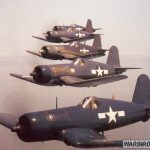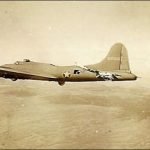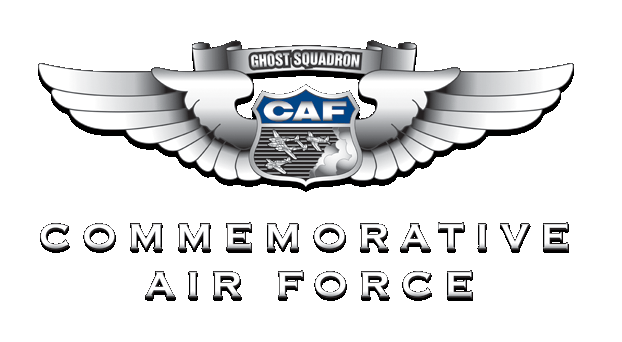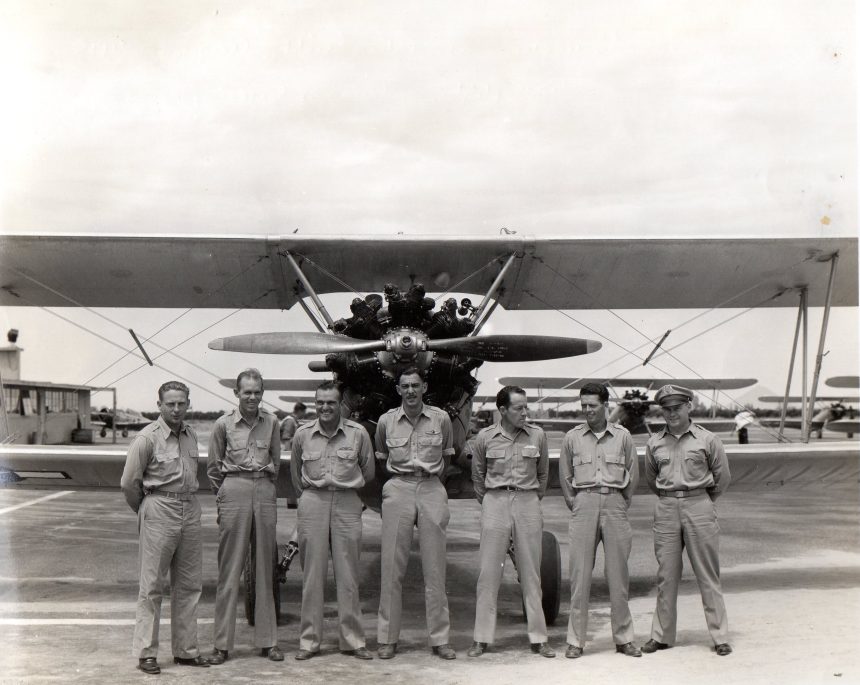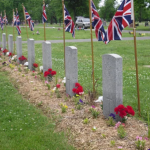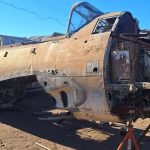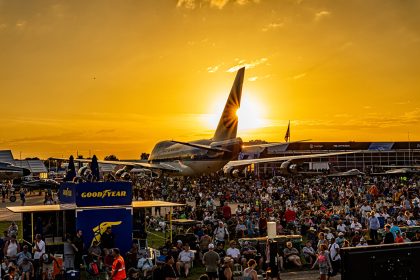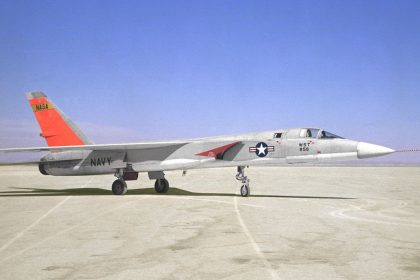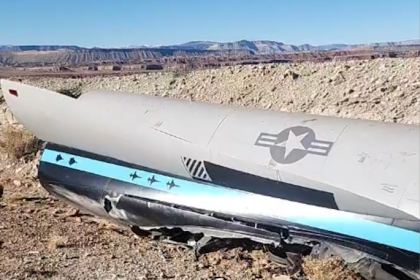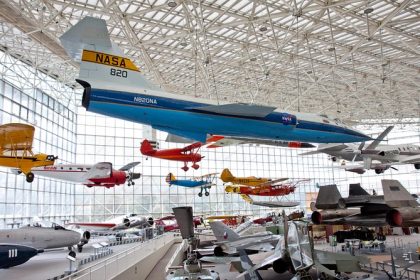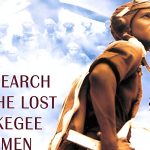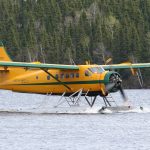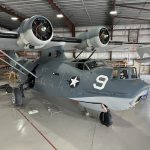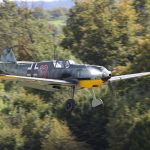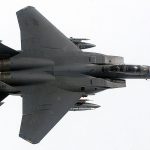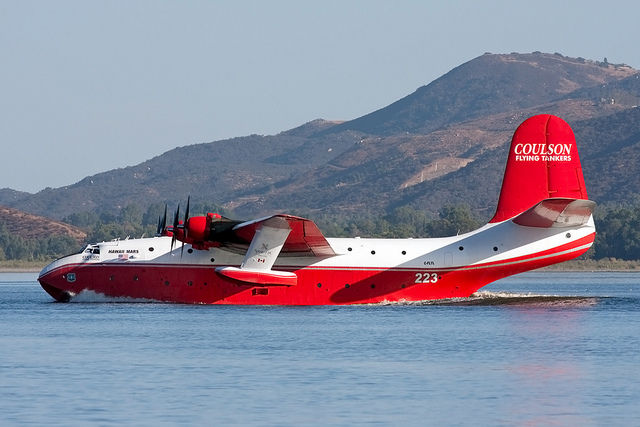By Kevin Wilkins
On Friday, we published a press release from the Commemorative Air Force (CAF) announcing a poignant new initiative: “Bringing the Boys Back Home”—a tribute to British WWII servicemen buried in the U.S. As part of the 80th anniversary commemorations of the Allied victory in World War II, the CAF is honoring the 423 British airmen who lost their lives while training in the United States. These young men, many of whom are buried in quiet cemeteries across the country, are being remembered and symbolically reunited with their homeland through this heartfelt campaign. The announcement offered us a timely opportunity to look deeper into the history behind the American airfields where these British aviators trained—and sometimes died. Their sacrifice remains etched into the fabric of the communities where they once flew.
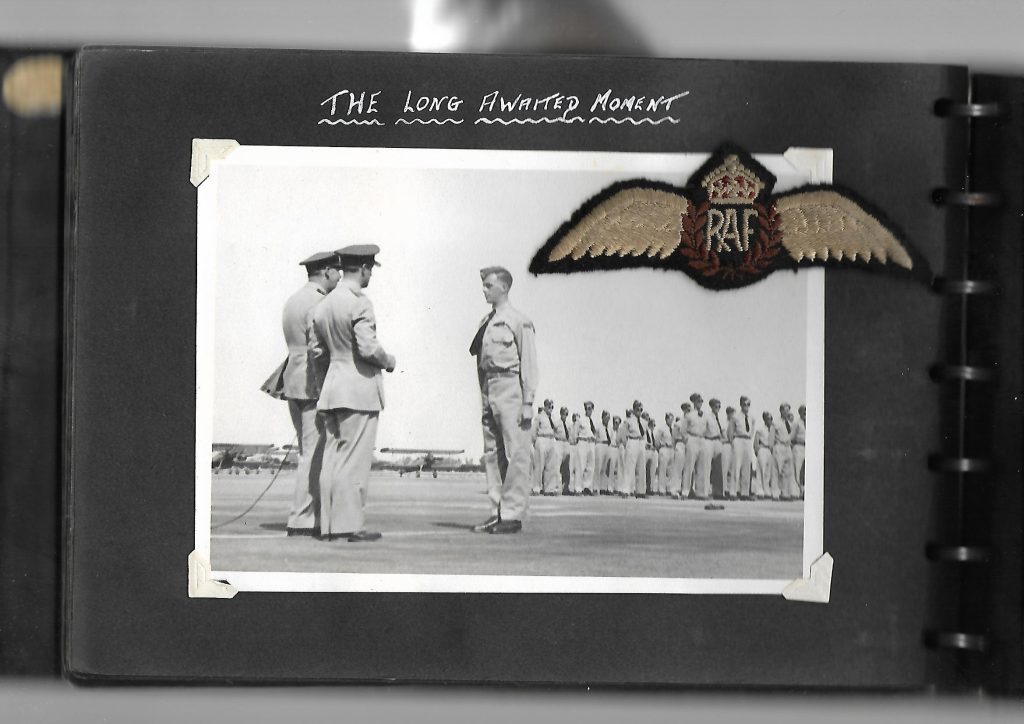
A Quiet Agreement, A Global Impact
During the bleakest days of World War II, as Britain endured the Blitz and faced the looming threat of invasion, a vital transatlantic lifeline quietly took shape. Even before the United States officially entered the war, it opened its skies to train the next generation of British and Commonwealth pilots. The British Flying Training School (BFTS) program was launched in 1941 under the Lend-Lease Act, an early pillar of U.S.–U.K. wartime cooperation. The goal was clear and urgent: train RAF pilots far from the reach of German bombers and the congested, war-torn airspace over Britain.
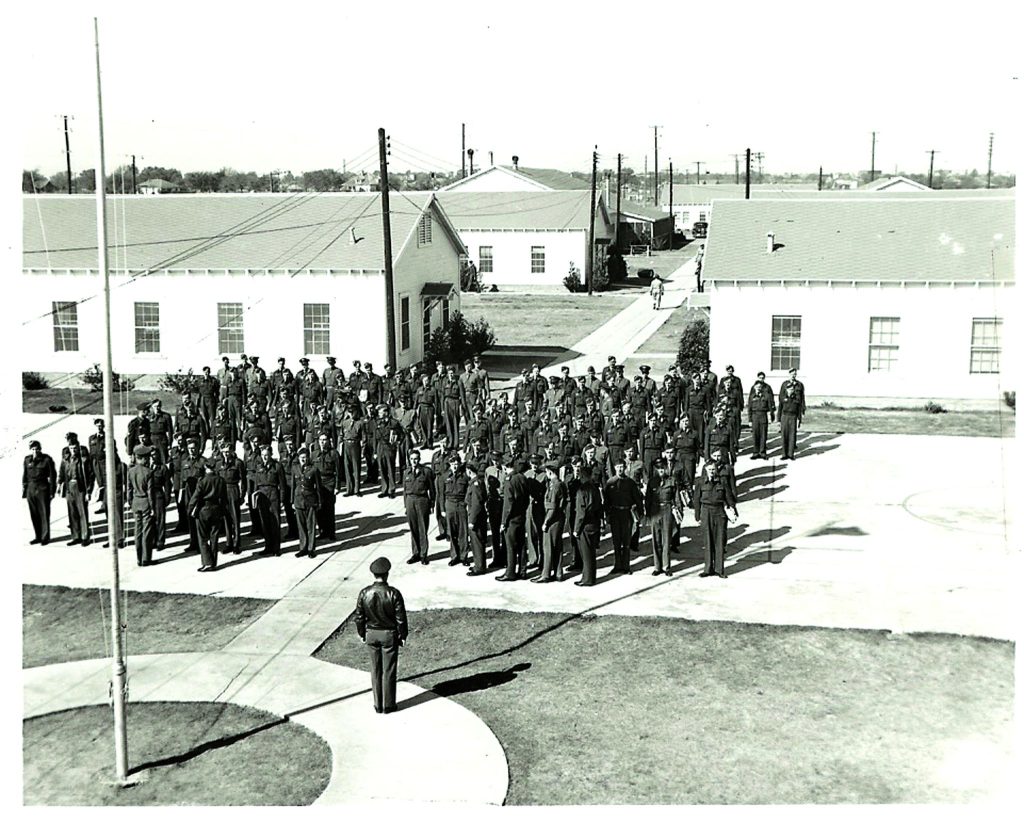
Six civilian-operated flight schools across the U.S. were selected to host BFTS programs. These schools were chosen for their reliable weather, open skies, and available aviation infrastructure. Among them were airfields in Terrell, Texas; Lancaster, California; Miami, Georgia, Oklahoma; Mesa, Arizona; Clewiston, Florida; and Ponca City, Oklahoma. Although not officially part of the program, Sweetwater, Texas, also played a key role in training British women pilots. British cadets trained day and night, often arriving with no prior flight experience. Some washed out of the program, while others tragically lost their lives in training accidents. Those who graduated earned their wings and returned to fight for their country—many forming lasting friendships with the Americans they met along the way.
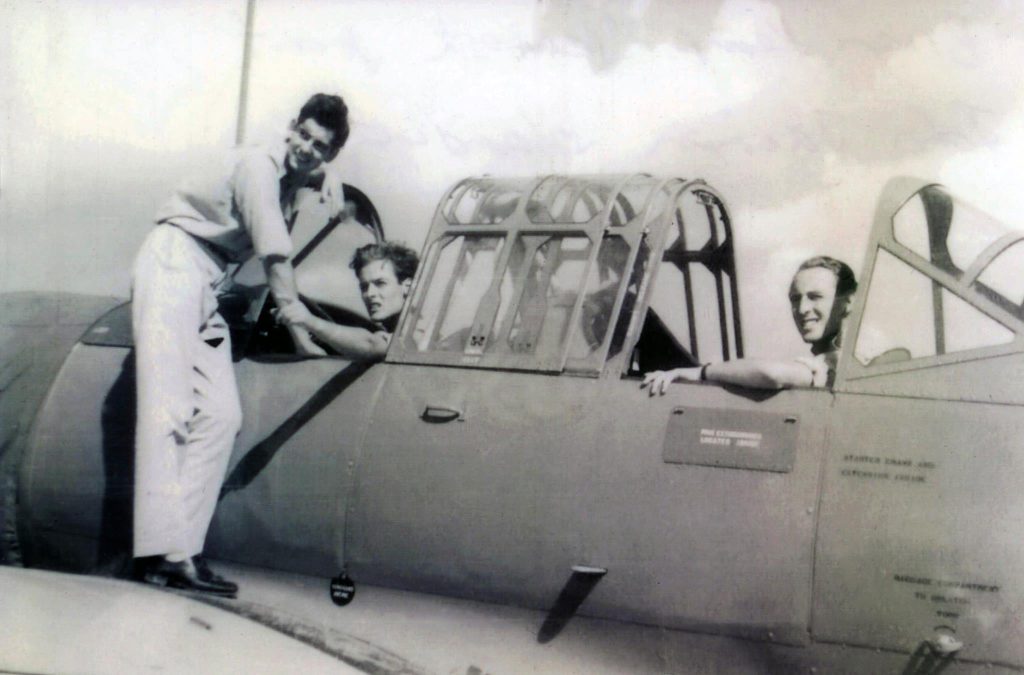
Where the Wings Took Shape
Terrell Municipal Airport – Terrell, Texas (No. 1 BFTS)
Terrell was the first—and perhaps the most notable—British Flying Training School in the U.S. Opening in June 1941 and operated by Brayton Flying Service, it trained more than 2,200 RAF cadets. Flying Stearman PT-17s and North American AT-6 Texans, these young men faced a steep learning curve. At least 20 British cadets died in training accidents around Terrell. Today, the No. 1 BFTS Museum stands at the airport, preserving the legacy of those who trained—and, in some cases, perished—far from home. For more information, visit www.bftsmuseum.org
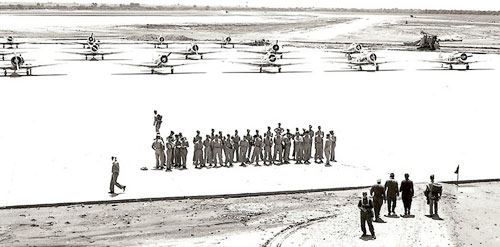
Miami Municipal Airport – Miami, Oklahoma (No. 3 BFTS)
This school, operated by the Spartan School of Aeronautics, trained roughly 1,500 British cadets between 1941 and 1945. In Miami, cadets lived with local host families, often forming enduring friendships that lasted long after the war. Despite the warm welcome, flying remained perilous. Records show at least 15 British cadets died during their training. A memorial in Miami’s town square honors their memory.
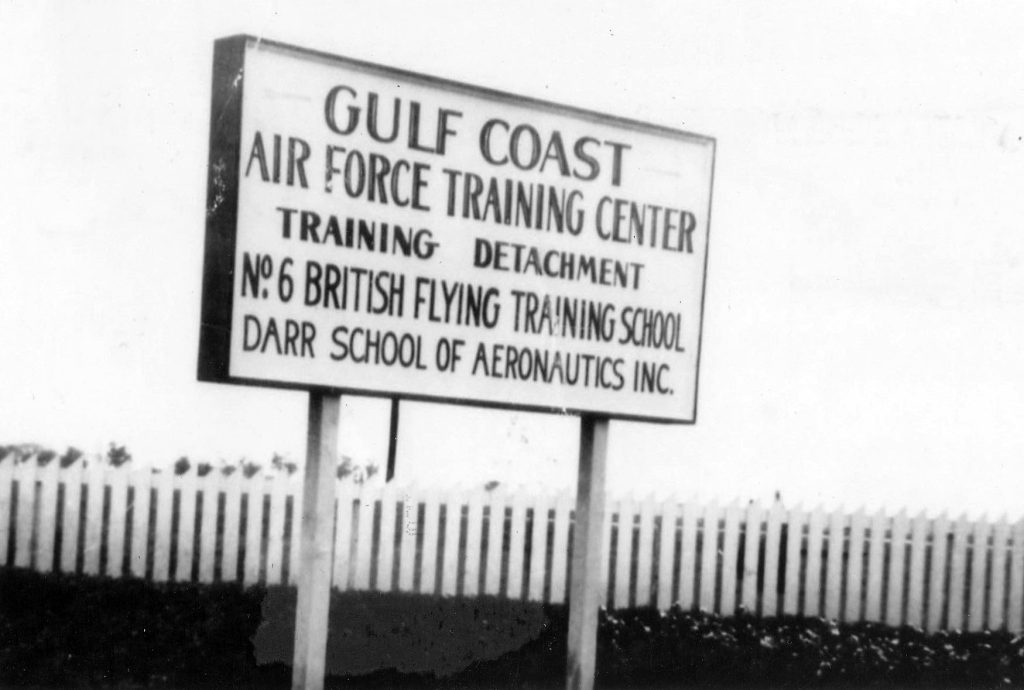
Clewiston, Florida – Riddle Field (No. 5 BFTS)
Located near the Everglades, Riddle Field presented cadets with unique environmental challenges, including frequent storms and swampy terrain. Operated by the Riddle Aeronautical Institute—now Embry-Riddle Aeronautical University—the field trained over 1,400 RAF pilots. Several cadets were killed in training accidents and are buried in Clewiston’s local cemetery, where an annual remembrance service is still held in their honor. For more information, visit www.5bfts.org.uk
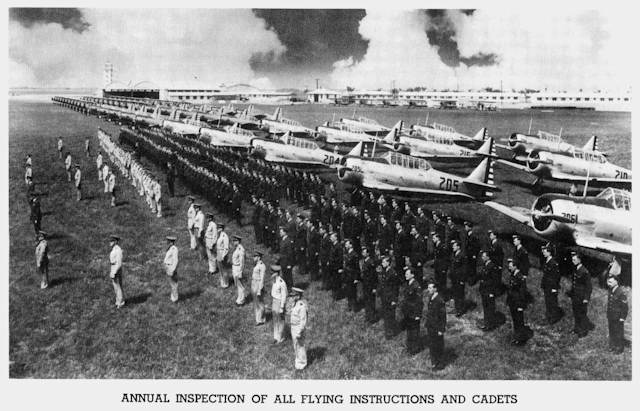
Mesa, Arizona – Falcon Field (No. 4 BFTS)
Purpose-built for the RAF by the U.S. government and operated by Southwest Airways, Falcon Field trained more than 1,500 British cadets. Arizona’s clear skies made it ideal for flying, but desert heat and dust storms created serious hazards. Some cadets died during flight exercises, including formation flying and emergency landings. Today, Falcon Field continues to serve as an active airport, with its RAF roots preserved through local museums and memorials.
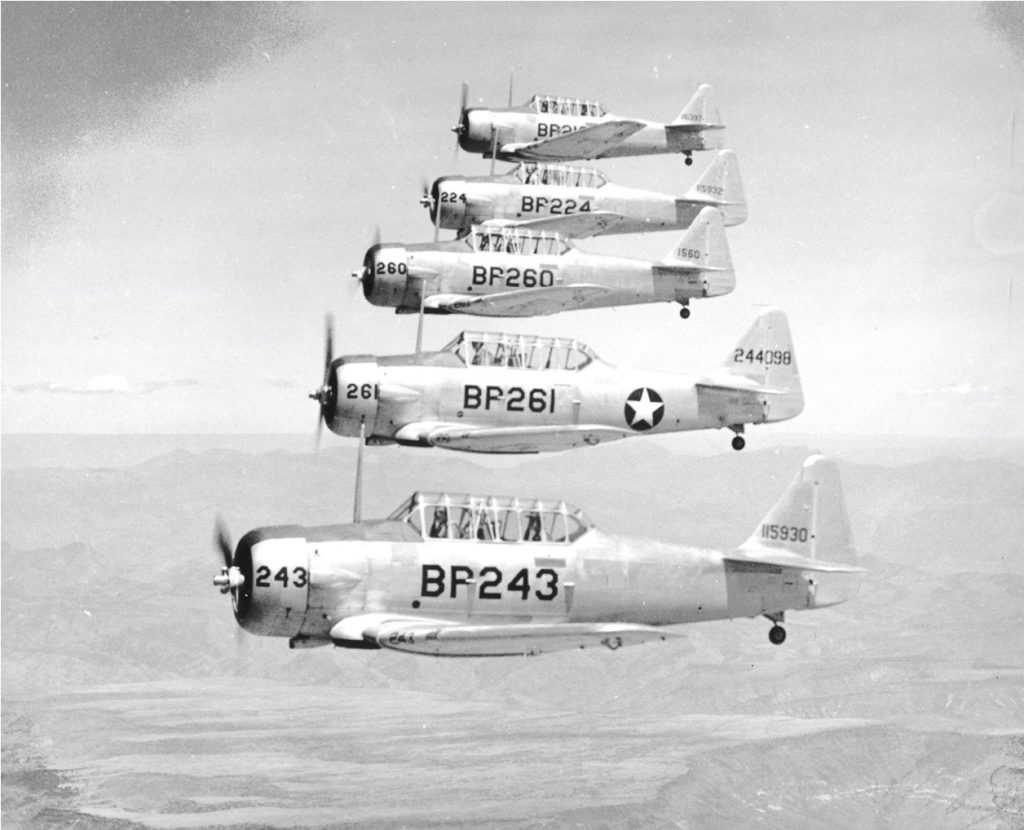
Sweetwater, Texas – Avenger Field
Though not officially part of the BFTS network, Avenger Field played a significant role in training British women pilots through the WASP (Women Airforce Service Pilots) program. Female members of the British Women’s Auxiliary Air Force also trained here. Their presence was smaller in scale, but their contributions and sacrifices were just as meaningful.
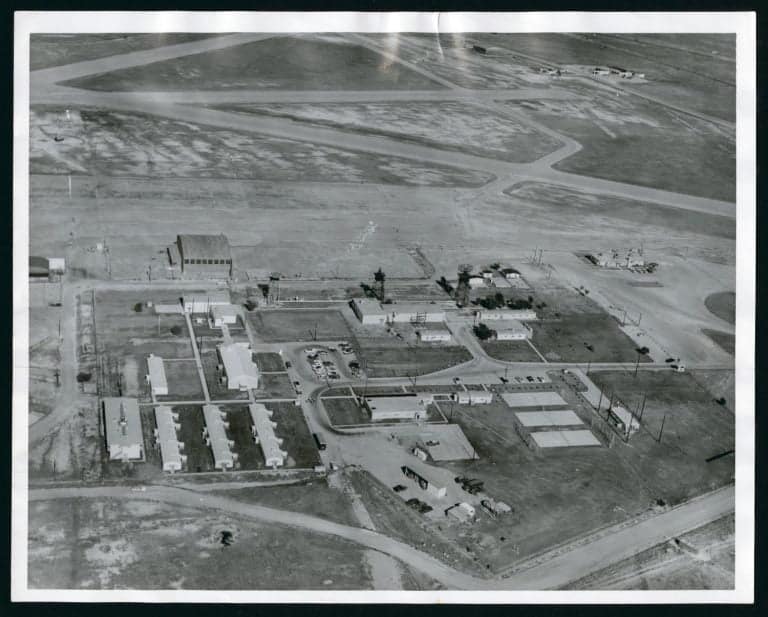
Sacrifice, Memory, and Transatlantic Brotherhood
The pace and intensity of the BFTS program were unrelenting. Many cadets had only months to transform from raw recruits into combat-ready pilots. They flew American-built aircraft under the guidance of civilian instructors and navigated unfamiliar landscapes and cultures. Despite these challenges, enduring bonds were formed between the British cadets and their American hosts. Some returned after the war to marry local sweethearts and start new lives in the U.S. Others were not so lucky. In total, more than 80 British and Commonwealth airmen died while training in the U.S. under the BFTS program. Today, museums, monuments, and commemorative ceremonies continue to preserve the memory of these transatlantic training grounds. The “Bringing the Boys Back Home” initiative from the Commemorative Air Force not only honors the fallen but also rekindles the spirit of international friendship that defined the BFTS legacy. These quiet American airfields—once alive with the sound of roaring engines and clipped British accents—remain sacred ground in the shared history of two nations united by sacrifice, duty, and the pursuit of victory.





